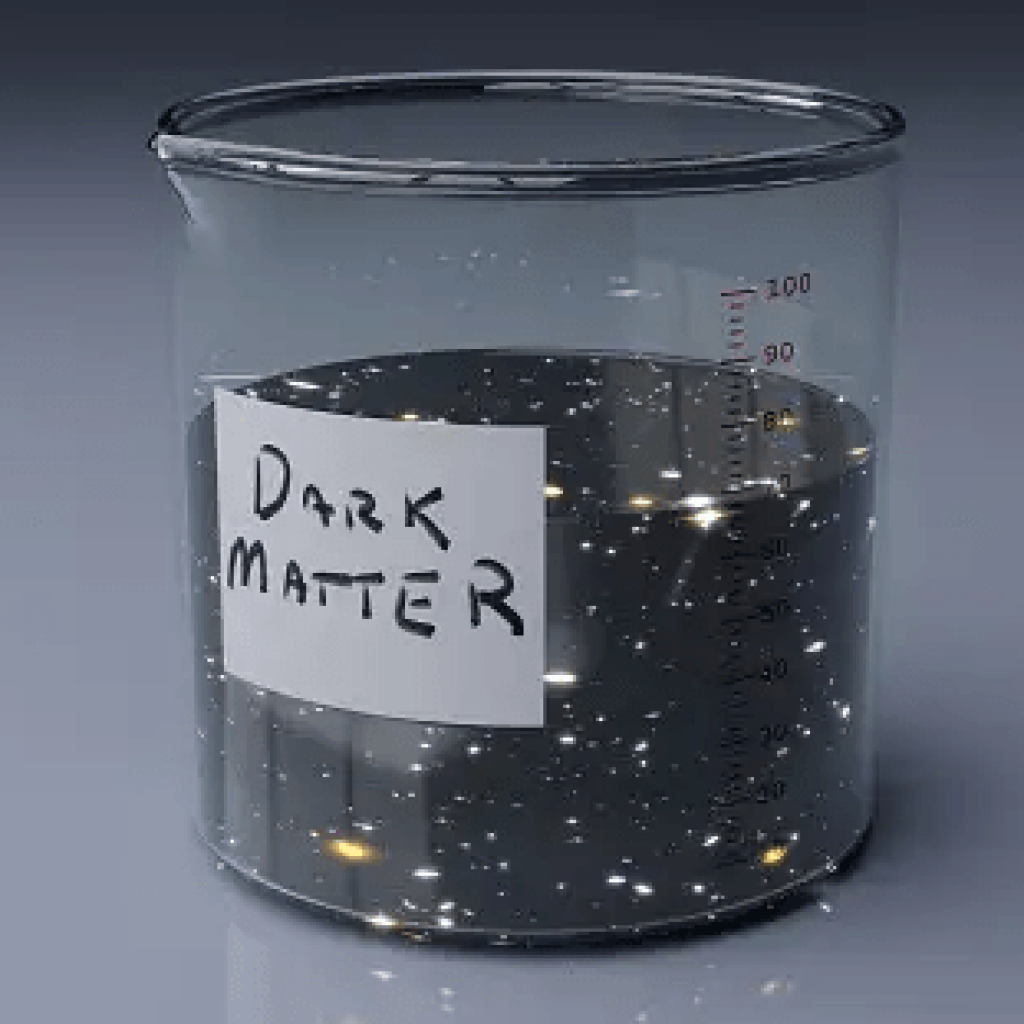Recently, I wrote an article for Discover Magazine on how atomic clocks may be able to detect dark matter. During the writing process, I wondered if quantum computers, a different-yet-not-so-different technology to atomic clocks, could aid in the search for dark matter.
With all its awe-inspiring splendor, the cosmos continues to hold secrets that baffle even the brightest minds in science. Among the most enigmatic puzzles is the nature of dark matter – an invisible and elusive substance that makes up around 80% of our Universe. For decades, physicists have tried detecting dark matter, hoping to understand its composition better. With the advent of quantum computing, the search may be aided by this next-generation technology.
The Dark Matter Conundrum
Dark matter’s existence is inferred through its gravitational effects on visible matter, such as galaxies and clusters. While its gravitational influence is undeniable, its direct detection has proven challenging. Conventional computers have been employed to simulate and analyze the behavior of dark matter particles, aiding in the design of experiments and the interpretation of observations. However, the complexity of the calculations involved often outpaces the capabilities of classical computing.
Quantum Computing’s Edge
Quantum computing, a field that leverages the principles of quantum mechanics, promises to revolutionize computational power. Unlike classical bits, which can exist in states of either 0 or 1, quantum bits (qubits) can exist in a superposition of both states simultaneously. This intrinsic parallelism enables quantum computers to handle complex calculations far more efficiently than their classical counterparts.
This makes it possible for physicists to compute various astrophysical simulations and models that could narrow down the identity of dark matter. Dark matter particles are thought to interact through weak forces and other mechanisms beyond classical physics. Quantum computing‘s innate ability to simulate quantum systems can help researchers model these interactions more accurately, leading to more reliable predictions of dark matter behavior.
Other Benefits of Quantum Computing to the Dark Matter Search
Designing experiments to detect dark matter particles requires optimizing various parameters, such as detector materials and energy thresholds. Quantum algorithms can rapidly explore a vast parameter space, enabling researchers to efficiently identify the most promising experimental setups. Additionally, dark matter experiments and simulations generate massive amounts of data. Quantum computers can enhance data analysis by performing complex pattern recognition and statistical analysis much faster than classical computers. This speed can help researchers identify subtle signals buried within noise.
In recent years, various organizations, from the U.S.’ Department of Energy to Yale University, have already begun applying quantum computing algorithms and concepts to dark matter simulations.
Challenges For Quantum Computers
While the potential of quantum computing in dark matter research is promising, significant challenges remain. Quantum computers are sensitive to environmental factors that can introduce calculation errors, a phenomenon known as decoherence. Overcoming these errors through error correction techniques is a primary focus of quantum computing research.
Furthermore, building and maintaining stable quantum computers capable of handling complex calculations is still a technical hurdle. Quantum computers are in their nascent stages, and large-scale, fault-tolerant quantum machines are yet to be realized.
The universe’s most profound secrets, like the nature of dark matter, require innovative approaches and cutting-edge technologies to unlock. As quantum computing technology advances, its partnership with astrophysics could lead to groundbreaking discoveries that reshape our understanding of the universe.
Kenna Hughes-Castleberry is a staff writer at Inside Quantum Technology and the Science Communicator at JILA (a partnership between the University of Colorado Boulder and NIST). Her writing beats include deep tech, quantum computing, and AI. Her work has been featured in Scientific American, Discover Magazine, Ars Technica, and more.
